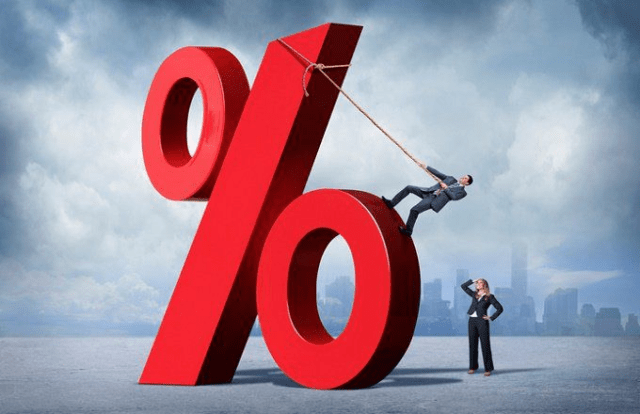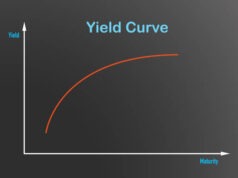
If you follow the stock markets, you can see a correlation between market performance and interest rates. This has been most evident in H1 of 2022, when stocks had a sharp correction after the U.S and other major economies moved to raise interest rates.
Essentially, there is an inverse relationship between the interest rate and stock markets performance in the short term. This has much to do with the amount of money that flows into the stock markets. In times of low-interest rates, there is an incentive to borrow, and much of the borrowed cash flows into the stock markets. The result is that these markets go up as demand rises, driven by cheap money flowing into the markets.
On the flip side, when interest rates go up recently, borrowing costs rise sharply. The result is that investors shy away from borrowing, cutting the money flow into the stock markets. This scenario played out earlier in the year as investors got out of stocks and into safer assets such as gold. The expectation was that the stock markets would underperform as the interest rates rise.
Besides the drop in the money flow into the stock markets, investors usually expect changes in the broader economy that can impact the stock market as rates rise. For instance, when interest rates go up, the cost of doing business goes up. This means many companies may record lower profit margins. Since speculative stock investing focuses on sales numbers and profit margins in the short term, stock prices drop when numbers don’t hit expectations.
At the same time, interest rates rise and affect consumers’ spending ability. This means company sales numbers are also likely to drop over time. By extension, this means investors expect the markets to underperform. The spiral effect is that prices drop. The same holds when interest rates fall. The expectation of higher consumer purchasing power rises, which also means a high potential for company profits, and rising stock prices.
What about the long term?
In the long run, interest rates have little impact on the stock markets. That’s because, in the long run, investors factor the high-interest rates into their calculations. Investors focus more on individual company metrics and industries that tend to do well regardless of the prevailing interest rate environment.
For instance, bank stocks tend to do well in high-interest rate environments. That’s because they make bigger lending margins, which translates to higher profits. This balances the slow growth in other sectors that tend to slow down in high-interest rate environments, such as the tech sector.
How to trade under different interest rates scenarios
From the above, it is clear that interest rates impact stock prices. However, to make the most of it, you need to understand how to factor in interest rates in the short and long term. One way to do this is to realize that interest rates do not operate in a vacuum. Understand industries that do well under different interest rate environments, then consider other factors such as company performance and balance sheet.
Recap
In the short term, there tends to be an inverse relationship between interest rates and the stock markets. When interest rates go up, the stock markets tend to drop. This has to do with the higher cost of capital for speculative investors, lower business margins, and reduced consumer purchasing power. However, in the long run, the impact of interest rates on stock market performance tends to drop. That’s because, over time, markets tend to factor interest rates into the stock price. At this point, individual stock factors have a bigger role to play in the price.


































